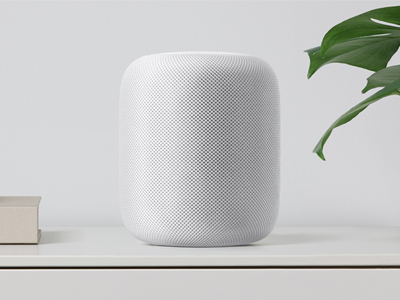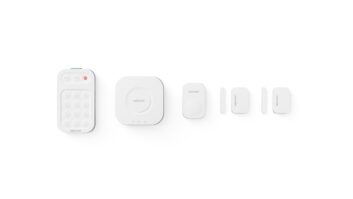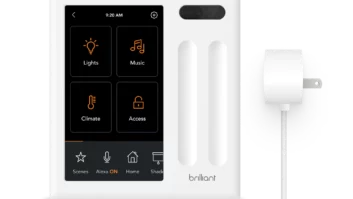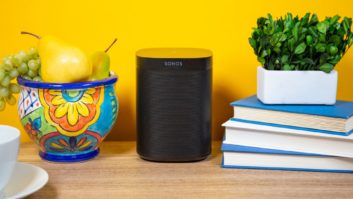
Last week, Apple announced HomePod, a tabletop speaker powered by Siri, emphasizing audio quality over its role of a personal assistant for the home. The company is entering the smart-speaker market more than three years after current market-leader Amazon and has a lot of catching up to do.
At $349, the device costs more than the Amazon Echo and Google Home combined. While the higher price makes sense — given Apple’s brand premium and the step up in audio quality — audio quality alone may not be enough to differentiate the product from its competitors, as the digital assistants offered by Google, Amazon and even Microsoft can be ported to just about any device, including high-end speakers.
Additionally, based on last week’s announcement, it wasn’t clear whether the HomePod would support many of the features that are now standard on the Google and Amazon devices. Among them are things like multi-user support, multiroom configurations and voice calling.
Then there’s Siri, whose conversational abilities are a distant third to those offered by Google and Amazon. Earlier this year, Stone Temple, a digital marketing agency, published the results of a 5,000-query test put to all of the major digital assistants. Siri performed poorly in comparison to Alexa and the Google assistant, answering fewer questions overall and, among the questions that it did answer, providing a much greater number of answers that were simply incorrect.
Despite these shortcomings, the HomePod has a definite role to play in the connected home. Currently, anyone using HomeKit for smart-home control is unable to use an Amazon Echo or Google Home for the same purpose in a seamless way. The HomePod fills that gap, allowing users to control smart-home devices and access third-party services as they would from their iPhones but in a hands-free manner.
Smart speakers are really only part of the picture. More broadly, the competition to build digital assistants is intensifying, with all of the major tech companies pursuing their own initiatives. If they’re able to offer a truly useful digital assistant, available on all of a user’s devices and capable of assisting with tasks from financial transactions to selecting what to watch, these companies can more effectively secure their customer relationships.
The success of these digital assistants will depend on not only how well they perform, but the ecosystem of products and services to which they’re connected. With hundreds of millions of iPhone users to provide training data, along with Apple’s $10 billion R&D budget, Siri’s capabilities should improve. Likewise, from an ecosystem perspective, Apple enjoys some unique advantages.
One of those advantages is the ability to build on existing developer relationships. The Apple App Store already hosts more than 2 million apps, and the company recently made it possible for developers to “integrate Siri so that the user can perform certain tasks in response to spoken commands and questions.” Siri translates spoken audio into requests the app can understand, and then delivers information returned by the app in the form of spoken audio. Today, only a handful of apps integrate with Siri. But deeper integrations with the content and services already offered via apps in the App Store could make Siri much more competitive.
Apple’s entrance into the smart-speaker market was anticipated for some time, and it’s another indication we’re heading for a world in which virtual assistants play a greater role in users’ digital lives. This trend has some far-reaching implications; as users become more reliant on digital assistants in their homes, in their cars and on their mobile devices, companies from service providers to consumer brands may need to ask how they will stay connected to their customers.
Joe Branca is a principal industry analyst at Strategy Analytics.













